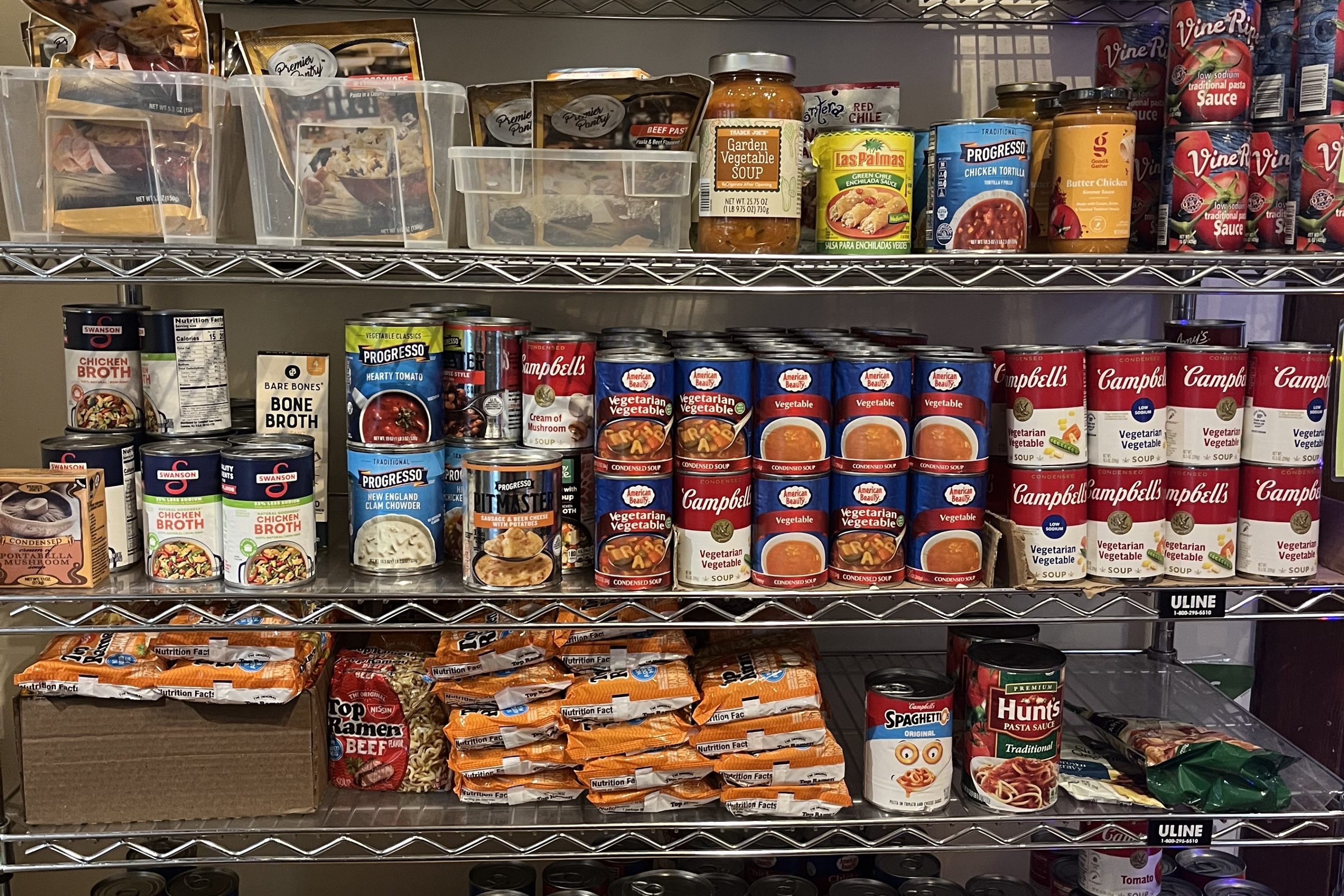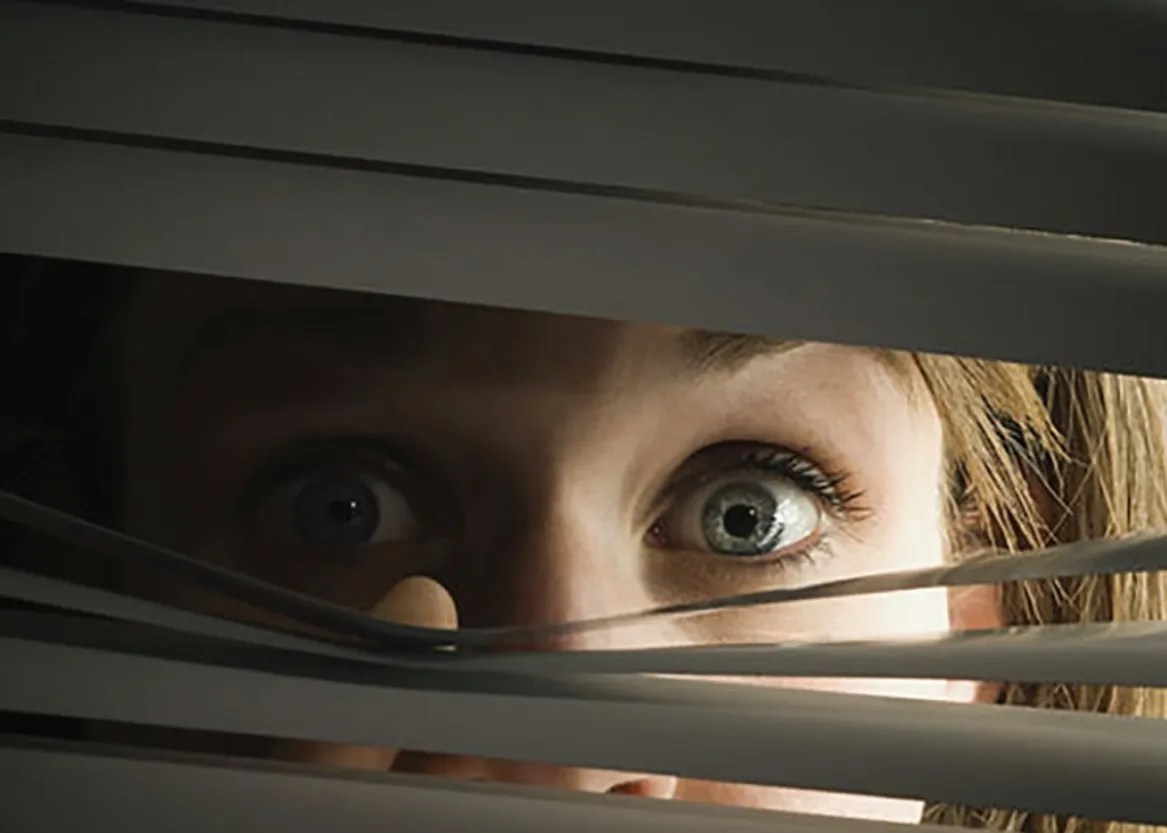“Giants: Art from the Dean Collection of Swizz Beats and Alicia Keys” is the special exhibit currently at Mia.
The July 13 end date should not let you postpone your visit but instead be a reminder that it will be your last time to revisit the exhibit. You will want to look at this artwork more than once.
These titans of the music industry have been collecting art, specifically contemporary Black artists, for decades with the mantra of collect, protect and respect.
The Deans collaborated with the Brooklyn Museum to share over 100 pieces from their important art collection with others. Minneapolis now has the good fortune to host Giants.
The exhibit at Mia has been beautifully curated and installed by Casey Riley, chair of Global Contemporary Art and curator of Photography and New Media, and her team with superb lighting and color.
Mia’s large Target exhibition space facilitates the viewer’s movement through the collection and offers opportunities to connect with each piece.
For example, Mia has located the 20-panel installation of “Bread, Butter and Power” by Meleko Mokgosi in its own room. The Botswana artist “interrogates the theme of feminism in the context of southern Africa, and considers the consequences of dividing labor practices by gender.”
Another room is dedicated to the photo- graphs of Gordon Parks, who started as a staff photographer at the St. Paul Recorder and the Minneapolis Spokesman, local Black-owned newspapers, and became the first African American staff photographer for Life. The Deans own the largest private collection of work by Parks.
The Dean Collection contains very large and important artwork that can be enjoyed simply for its beauty and composition. However, the artists have important meanings embedded in the pieces that address issues like colonialism, slavery and racism. For example, Ebony G. Patterson’s “…they were just hanging out you know… talking about…(…when they grow up…)” is a whimsical assemblage of toys, beads and photographs of Black children, but when one looks closer the viewer sees the bullet-like holes that speak to what Deborah Roberts, another artist in the exhibit, calls “the criminal lens through which society often views young Black boys.”
Derrick Adams’s “Floater 74,” which depicts Black people at leisure on pool floats, “claims space for community, connection, and everyday pleasures as enjoyed by Black communities” as it hints at the history of segregated swimming facilities.
As a guide, I would recommend a three step approach for visiting Giants.
First, view the artwork on your own, perhaps on a quieter weekday. You should bring your phone and earbuds to listen to the soundtrack that the Deans have created for the show.
Take a public tour (2 p.m. daily and 7 p.m. on Thursdays) and learn more about these important artists, their techniques and the deeper meaning in the art.
Last, bring friends on a Thursday night and enjoy the entertainment that Anna Dilliard and Lynn Farmer have organized to enhance the experience. June 19 and July 10 will include music. There will be an artist talk by Meleko Mokgosi on June 1.






